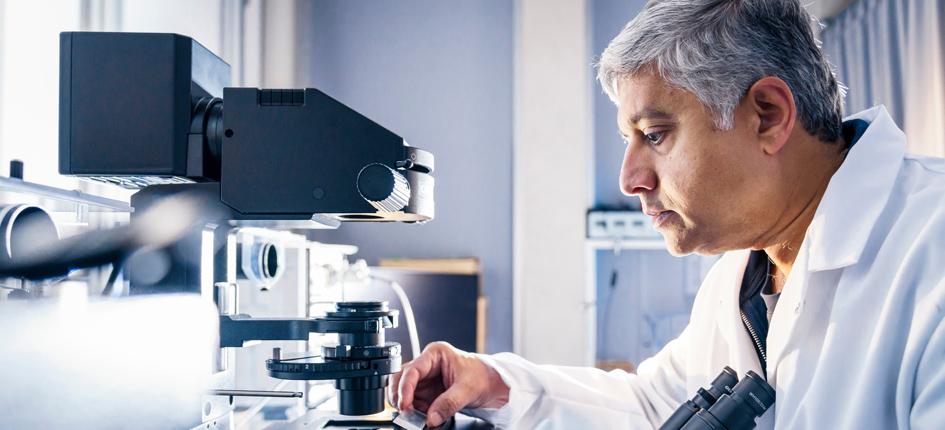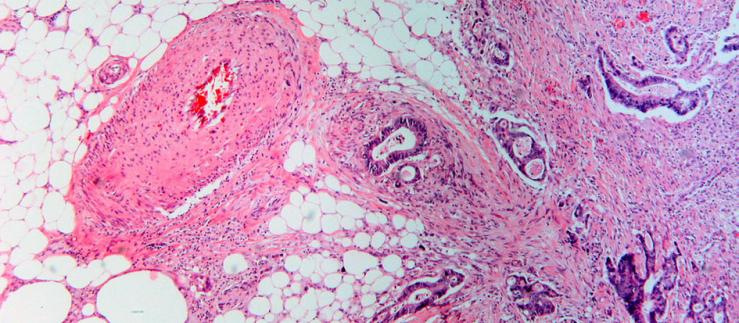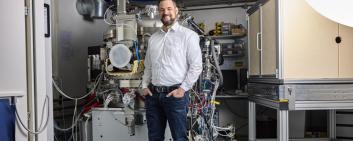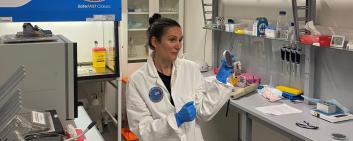A group of researchers at the Paul Scherrer Institute (PSI) in Villigen in the canton of Aargau under the leadership of G.V. Shivashankar, head of the Laboratory for Nanoscale Biology at PSI and Professor of Mechanogenomics at the Swiss Federal Institute of Technology in Zurich (ETH), are seeking to develop an alternative to established methods of skin transplants. Experiments on skin models have shown that connective tissue cells reprogrammed by the researchers have the capacity to accelerate the healing process of injured, older skin tissue, further details of which can be found in a press release issued by PSI.
In recent years, the researchers were already successful in their efforts to reprogram connective tissue cells into stem cell-like fibroblasts. For this, neither genetic engineering nor biochemical processes were used; rather, the researchers achieved the reprogramming by mechanically stimulating the cells. Specifically, they used a matrix to force the cells to spread upwards during cell division processes. In essence, the end result is that the cells forget their original function and become a type of stem cell.
Now, however, the researchers have investigated their fibroblasts in a model for old, injured skin. As it turned out, the cells “began to produce more proteins again in order to form new skin. Regeneration and wound healing were considerably faster compared with the transplantation of unmodified cells”, as G.V. Shivashankar explains. In the view of the research group leader, the approach could be of interest both for medical and cosmetic applications, because “in principle, we can make new tissue out of old”. It is also conceivable that the approach could be expanded to the regeneration of muscle or brain cells.







